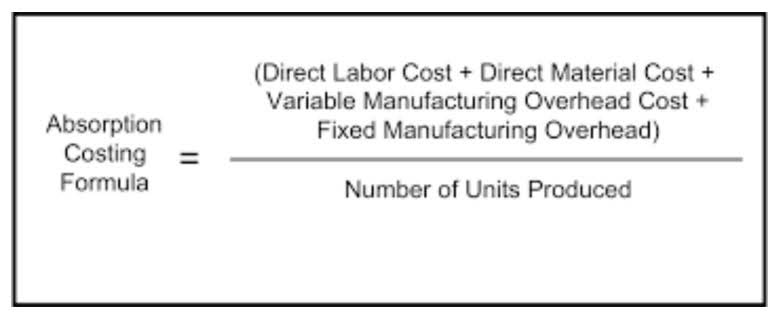
Insurance Expense, Wages Expense, Advertising Expense, Interest Expense are expenses matched with the period of time in the heading of the income statement. Under the accrual basis of accounting, the matching is NOT based on the date that the expenses are paid. Individuals elected by the common stockholders of a corporation to represent the stockholders and to establish the policies of the corporation. The board of directors appoints the officers of the corporation and declares dividends for the common retained earnings has a normal debit balance and preferred stock. The book value of an entire corporation is the total of the stockholders’ equity section as shown on the balance sheet.
Assessing the Health of a Company Through Its Retained Earnings
In some industries, revenue is called gross sales because the gross figure is calculated before any deductions. Management and shareholders may want the company to retain earnings for several different reasons. Being better informed about the market and the company’s business, the management may have a high-growth project in view, which they may perceive as a candidate for generating substantial returns in the future. Although each Bookkeeping for Veterinarians account has a normal balance in practice it is possible for any account to have either a debit or a credit balance depending on the bookkeeping entries made.
- This information is also maintained in the corporate secretary’s records, which are separate from the corporation’s accounting records.
- Many companies consider dividend payouts and plan investment strategies at year end.
- In return for these preferences, the preferred stockholders usually give up the right to share in the corporation’s earnings that are in excess of their stated dividends.
- If a company decides not to pay dividends, and instead keeps all of its profits for internal use, then the retained earnings balance increases by the full amount of net income, also called net profit.
- Firstly, proficiency of the retained earnings formula—Current Retained Earnings + Net Profit/Loss − Dividends—is a must on your accounting skills checklist.
Retained Earnings inside the Balance Sheet
Corporations, being separate legal entities from their owners, have a more complex structure for handling retained earnings. These earnings are part of the shareholders’ equity and are reported on the balance sheet under the equity section. Corporations retain earnings as a way to reinvest in the business or to save for future expenses, acquisitions, or debt repayment. The decision to retain earnings or distribute them as dividends falls to the board of directors and is influenced by the corporation’s growth strategy, dividend policy, and the expectations of shareholders.

Authorized shares
Some valuable items that cannot be measured and expressed in dollars include the company’s outstanding reputation, its customer base, the value of successful consumer brands, and its management team. As a result these items are not reported among the assets appearing on the balance sheet. Since every stockholder will receive additional shares, and since the corporation is no better off after the stock dividend, the value of each share should decrease. In other words, since the corporation is the same before and after the stock dividend, the total market value of the corporation remains the same. Because there are 10% more shares outstanding, each share should drop in value.
Features Offered in Preferred Stock

If a supplier sold merchandise to a company on credit, the supplier is a creditor. Although the 2-for-1 stock split is typical, directors may authorize retained earnings balance sheet other stock split ratios, such as a 3-for-2 stock split or a 4-for-1 stock split. The accounting term that means an entry will be made on the left side of an account. The general ledger accounts that are not permanent accounts are referred to as temporary accounts. Chartered accountant Michael Brown is the founder and CEO of Double Entry Bookkeeping.
Cash Flow Statement
- The book value of one share of cumulative preferred stock is its call price plus any dividends in arrears.
- A maturing company may not have many options or high-return projects for which to use the surplus cash, and it may prefer handing out dividends.
- From our discussion, we have seen that retained earnings are usually a credit and not a debit.
- In exchange for the preferential treatment of dividends, preferred shareholders usually will not share in the corporation’s increasing earnings and instead receive only their fixed dividend.
- The weighted average of the outstanding shares is used to compute the earnings per share.
Even though the total amount of stockholders’ equity remains the same, a stock dividend requires a journal entry to transfer an amount from the retained earnings section to the paid-in capital section. The amount transferred depends on whether the stock dividend is (1) a small stock dividend, or (2) a large stock dividend. A corporation’s balance sheet reports its assets, liabilities, and stockholders’ equity. Stockholders’ equity is the difference (or residual) of assets minus liabilities. If a corporation has issued only one type, or class, of stock it will be common stock.
Book Value of a Corporation
To arrive at the total book value of the common stock, we first compute the total book value of the preferred stock, and then subtract that amount from the total stockholders’ equity. Since the balance sheet amounts reflect the cost and matching principles, a corporation’s book value is not the same amount as its market value. For example, the most successful brand names and logos of a consumer products company may have been developed in-house. Since they were not purchased, their high market values are not included in the corporation’s assets. Other long-term assets may have appreciated in value while the accountant was depreciating them. Therefore, they may appear on the balance sheet at a small fraction of their fair market value.
How to Test Completeness of Accounts Payable

If the corporation does not declare and pay the dividends to preferred stock, there cannot be a dividend on the common stock. In return for these preferences, the preferred stockholders usually give up the right to share in the corporation’s earnings that are in excess of their stated dividends. To conduct a thorough analysis, one must consider factors that contribute to the variance. These may include changes in revenue, cost of goods sold, operating expenses, and tax rates.
Leave a Reply